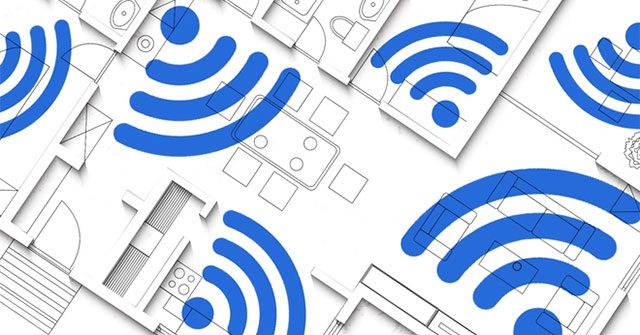Wi-Fi is not an acronym for “wireless fidelity” as many people believe.
In the age of technology, Wi-Fi has become a familiar and essential connection on most devices. However, the name of this connection is often misunderstood.
People commonly think that Wi-Fi stands for “wireless fidelity,” referring to a connection that uses radio waves to transmit signals. However, the reality is that the term Wi-Fi does not have any specific meaning.

“Wi-Fi” is just a meaningless term chosen randomly by the founders to name their connection. Photo: Washington Post.
Recently, an interview from 2005 has been shared again. In it, Phil Belanger, a founding member of the Wi-Fi Alliance, revealed the true story behind this name.
According to Phil Belanger, Wi-Fi is simply a term that the group accidentally picked from a list of 10 other phrases created by the branding consultancy, Interbrand, after signing a contract.
The full name of Wi-Fi is “IEEE 802.11b Direct Sequence,” but the founders believed that this name would not be widely usable. They needed a name that was more memorable and accessible to users. That’s why the alliance chose the name “Wi-Fi” for their new connection.
The misconception about the meaning of the term “Wi-Fi” began to spread when the Wi-Fi Alliance used the slogan “The Standard for Wireless Fidelity” in their advertisements.
Belanger noted that at that time, his colleagues had to rack their brains to come up with a reasonable explanation for the name “Wi-Fi,” which had no meaning, and ultimately resorted to using this slogan.
The founding member admitted that this was their fault for causing confusion among users, and he referred to it as a “clumsy effort to find meaning in the two words ‘Wi’ and ‘Fi’.”
This misunderstanding was further propagated when the Alliance printed their slogan on merchandise like shirts and hats. Today, the phrase “The Standard for Wireless Fidelity” has become so common that everyone thinks that Wi-Fi is an abbreviation for “wireless fidelity.”
However, according to TechRadar, the phrase “wireless fidelity” itself also has no real meaning. The term “fidelity” is typically used to indicate the level of signal reproduction of a device. For example, Hi-Fi (High-fidelity) TVs are devices capable of displaying images with high realism and vibrancy. But Wi-Fi does not possess this quality; it is merely a method of connecting devices together.
The question arises as to why this misunderstanding has become so widespread. Over the last two decades, people have grown accustomed to using this phrase. Whenever someone asks about the meaning of Wi-Fi, we immediately explain it as “wireless fidelity,” referring to a wireless connection.
However, as a founding member of the Wi-Fi Alliance, Belanger believes that people should best forget the slogan “The Standard for Wireless Fidelity” and this erroneous explanation.
Yet, aside from the misunderstandings surrounding the name, Wi-Fi remains an indispensable factor in human life. Wi-Fi is also referred to by the code 802.11, which is the IEEE standard for wireless local area networks (WLAN).
In principle, Wi-Fi uses radio waves to transmit data from the transmitting device (router) to the receiving device (adapter available on mobile devices and computers).
Vic Hayes is regarded as the “father” of Wi-Fi because he led the development of the IEEE 802.11 wireless LAN group, helping make Wi-Fi the success it is today.


















































